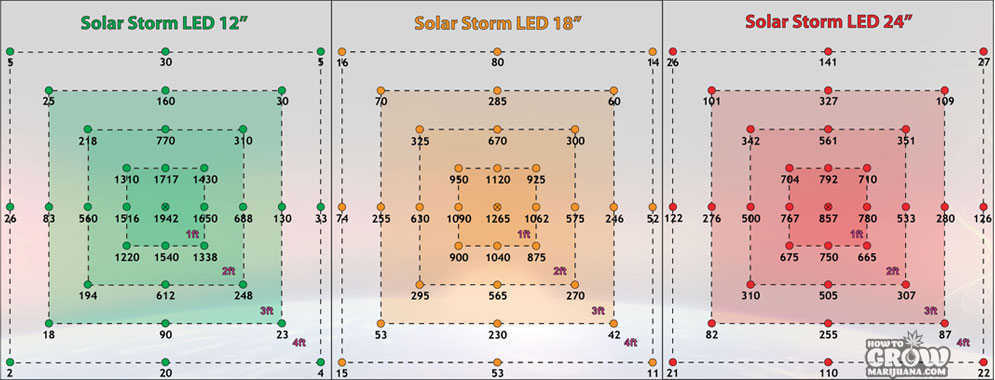Terry, I think one of the papers you are talking about is this (from the previous discussion):
Brodersen, C. R., Vogelmann, T. C., Williams, W. E., & Gorton, H. L. (2008). A new paradigm in leaf‐level photosynthesis: direct and diffuse lights are not equal.
Plant, cell & environment,
31(1), 159-164. (
link)
We have to be careful about how to interpret the results. This paper showed that at the
leaf level, when the light is hitting the leaf perpendicularly, photosynthetic (PS) rate can be higher. The possible reason is that the penetration of the light to the deeper layers. There are several layers of cells in a leaf, and a layer with something called pallisade parenchyma cells is the most relevant for PS (in non C4 plant). This layer in leaves which acclimated to intense light become thick. Even within an individual, they can develop these different leaves (i.e. the part exposed to strong light develops "sun leaves", but shady part remains "shade leaves"). When there is a thick layer of pallisade parenchyma, the light hitting at an angle can't reach to the deepest cells. Therefore, the perpendicular light is better for PS. The difference was very small (10-15%). But when they tested with the shade leaves of the same species, the advantage is not observed. This is a a side note, but the same logic apply to explain why green light can enhance the overall PS rate in some situations (under intense light) since it can penetrate into the deeper region.
But you should be aware that at a
plant (or community) level, there are data showing advantage of diffused light (cited in the paper). This is probably obvious; leaves are not always perpendicular to the light, so with diffused light, some light is going to hit the leaf at 90 degree angle, penetrating deeper. More importantly, with diffused light, you can avoid the shading effect (the leaves closer to the light source can shade the lower leaves). These are the reasons, that both in greenhouse and with artificial light, diffused light gives better growth. This is one of the reasons I now prefer linear modules (or pannels) of mid-power LEDs over COB although in a reflective grow tent, the point source light like COB LEDs can produce somewhat diffused light.




